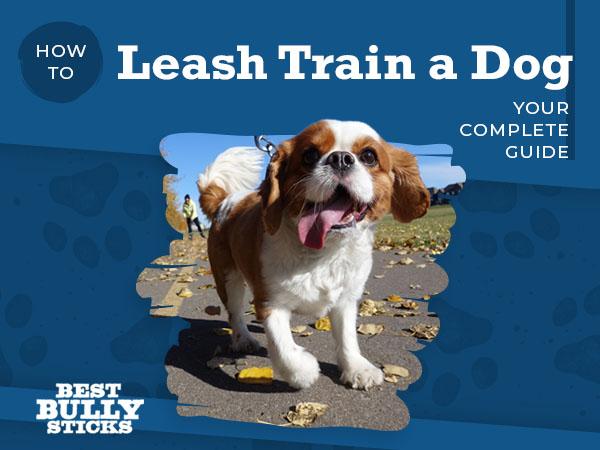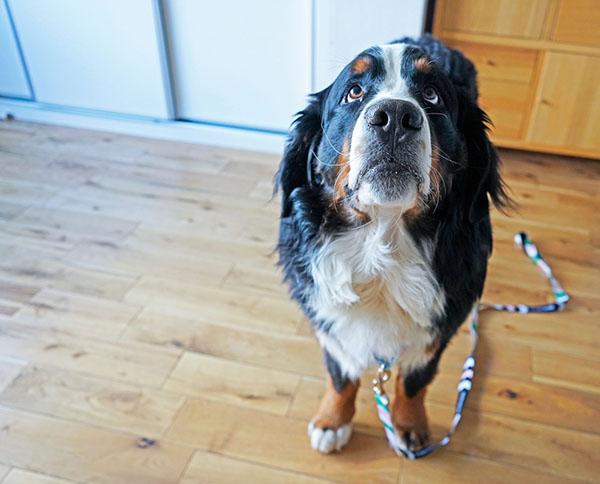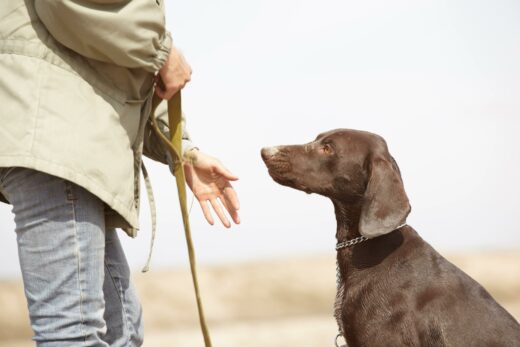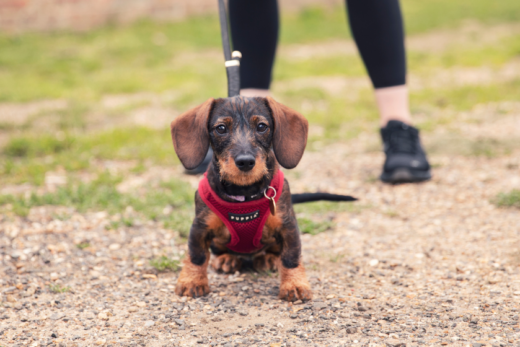
Did you know that the average dog owner walks with their dog for almost nine hours a week? That’s a lot of time spent walking every week. That should be a relaxing time where your dog gets to explore with you, and you get out and take in some fresh air with them. But that relaxation will fly right out the window if your dog isn’t properly walked on leash.
Suddenly, those calm nine hours a week turn into 12 hours of sweating, frustration, and exhaustion. That’s why it’s imperative that you leash train your dog. But if you haven’t done it yet, or if you just adopted a rescue dog, you must be frantically Googling, “How to leash train a dog?”
Don’t worry. With dog chews and proper training regimens, you can keep your dog on the right path. You can expect in no time to train your dog to walk on a leash.
Why It’s Important to Leash Train Your Dog
Besides making your walks easier, there’s a major reason why you need to train your dog to walk on a leash. First off, you want your dog to understand that you are in control and that they should focus on you during your walks. If your dog doesn’t pay attention to you while on your walk, you’re in big trouble. They should understand that you guide the walk, not them — you dictate the trail you follow.

But frustration becomes a real issue because of this. For one, you’re bound to get frustrated if they’re pulling, not listening, and refusing to listen to you. You may even find yourself losing your temper, taking it out on your dog with verbal punishment — something that should be avoided. Doing so will scare your dog, harming your relationship going forward, making it even harder to train them.
Similarly, your dog is going to get frustrated with you. They’re pulling because they feel as if they should be in control. Feeling that strain on their neck will deeply bother them, as they’ll think of it as you’re causing them to strain doing your walk, simply by holding them back. That frustration is as bad for your dog, as it could lead to them reacting negatively on leash, either against you, other people, or (most of all) to other dogs.
Excessive pulling could also cause your dog to injure their neck, especially if their leash is tight around their neck. While owners might think a harness is better for an excessive puller, the redistribution of force may make them more likely to pull while walking.
Lastly, regular pulling could put your dog in harm’s way, too. By pulling, and both of your levels of frustration go through the roof, your dog may try to lunge or break out of their leash and collar. If you’re walking on a major road, this could easily lead to them rushing into traffic without realizing it.
That’s why it’s imperative that you work with your dog. You need to make sure they feel comfortable on leash. And lastly, you need to make sure that they listen to you, look at you, and respond to you when commanded.





